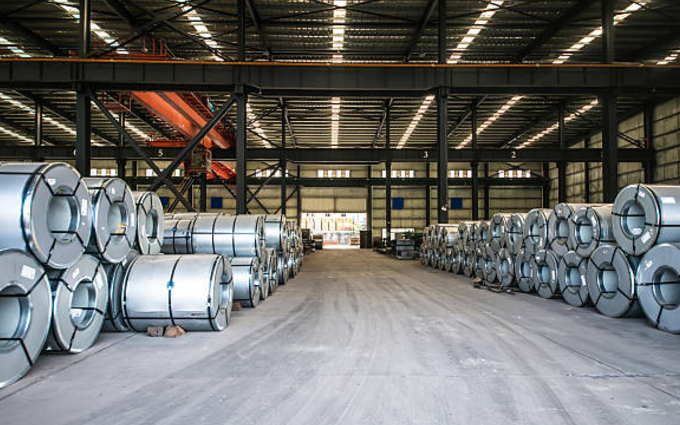
Posted on Tuesday, June 4, 2024
Importing steel coil into Denmark is a vital process for industries such as construction, manufacturing, and metal fabrication. With Denmark being a part of the European Union, businesses benefit from streamlined trade agreements but must also navigate specific regulations.
When importing steel coil, understanding the full cost breakdown is essential to ensure profitability. Here are the primary components:
Denmark adheres to the European Union’s tariff structure, which affects steel coil imports. Here are key points:
Efficient delivery planning ensures your steel coil arrives on time and in good condition. The steps include:
Ensuring the quality of imported steel coils is critical for maintaining production standards. Key considerations include:
Q1: What is the most cost-effective way to import steel coil into Denmark?
A: Consolidating shipments and choosing sea freight for larger volumes is the most economical option. Negotiate bulk discounts with suppliers and logistics providers.
Q2: Are there any restrictions on steel coil imports to Denmark?
A: Imports must comply with EU regulations and Danish standards, including adherence to environmental laws. Specific grades or materials may require additional certifications.
Q3: How can I ensure the quality of the steel coil before import?
A: Request detailed material test reports, inspect the supplier’s credentials, and hire third-party quality inspectors.
Q4: What are the common challenges faced during the import process?
A: Common challenges include delays in customs clearance, incomplete paperwork, and logistical inefficiencies. These can be mitigated with careful planning and experienced partners.
Importing steel coil into Denmark requires careful planning, from understanding costs and tariffs to ensuring product quality. By following this guide, businesses can navigate the process efficiently, minimize risks, and achieve successful imports. Prioritize working with reliable suppliers and logistics partners, and stay informed about Danish and EU regulations to avoid unnecessary complications.
For more guidance, reach out to industry experts or consult with customs brokers to streamline your importing journey.
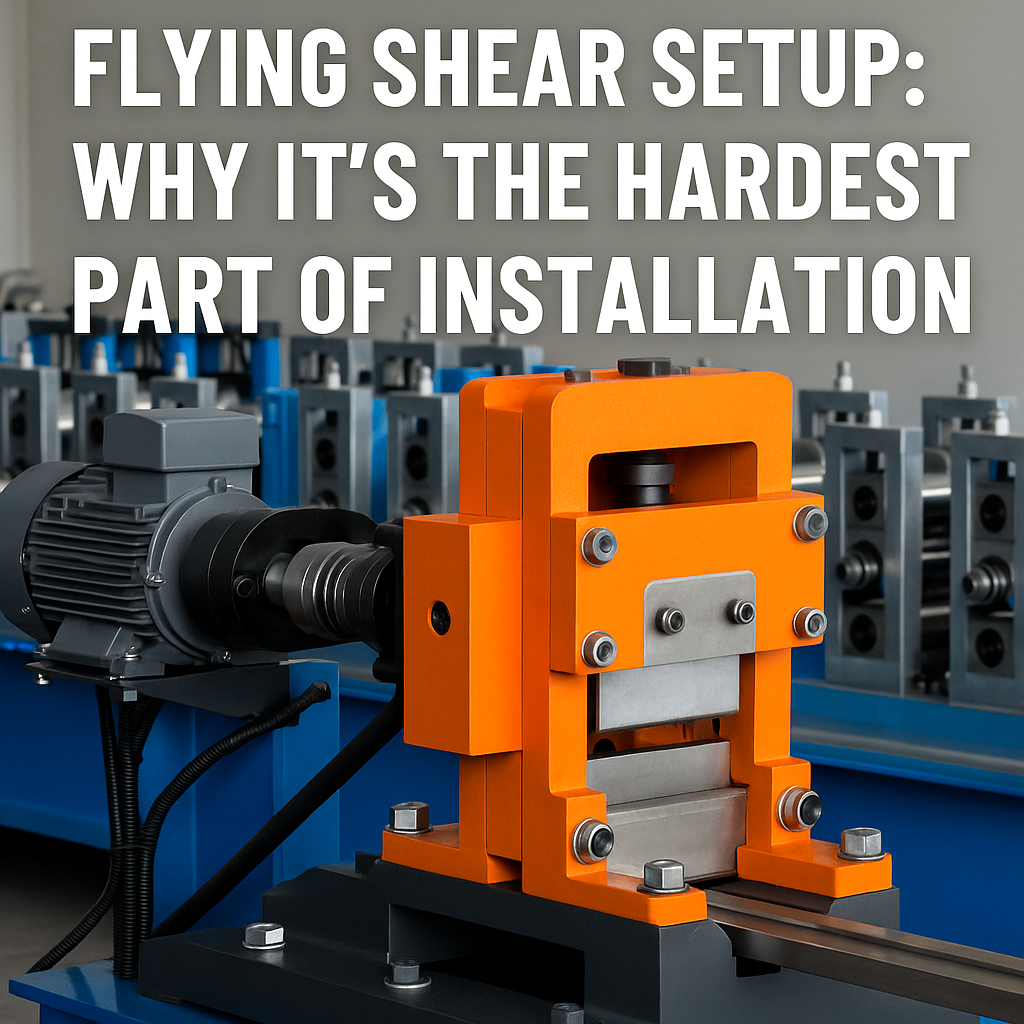
Flying Shear Setup: Why It’s the Hardest Part of Roll Forming Machine Installation
Posted on Monday, November 24, 2025
If you want a header image, meta description, or series continuation, just tell me.
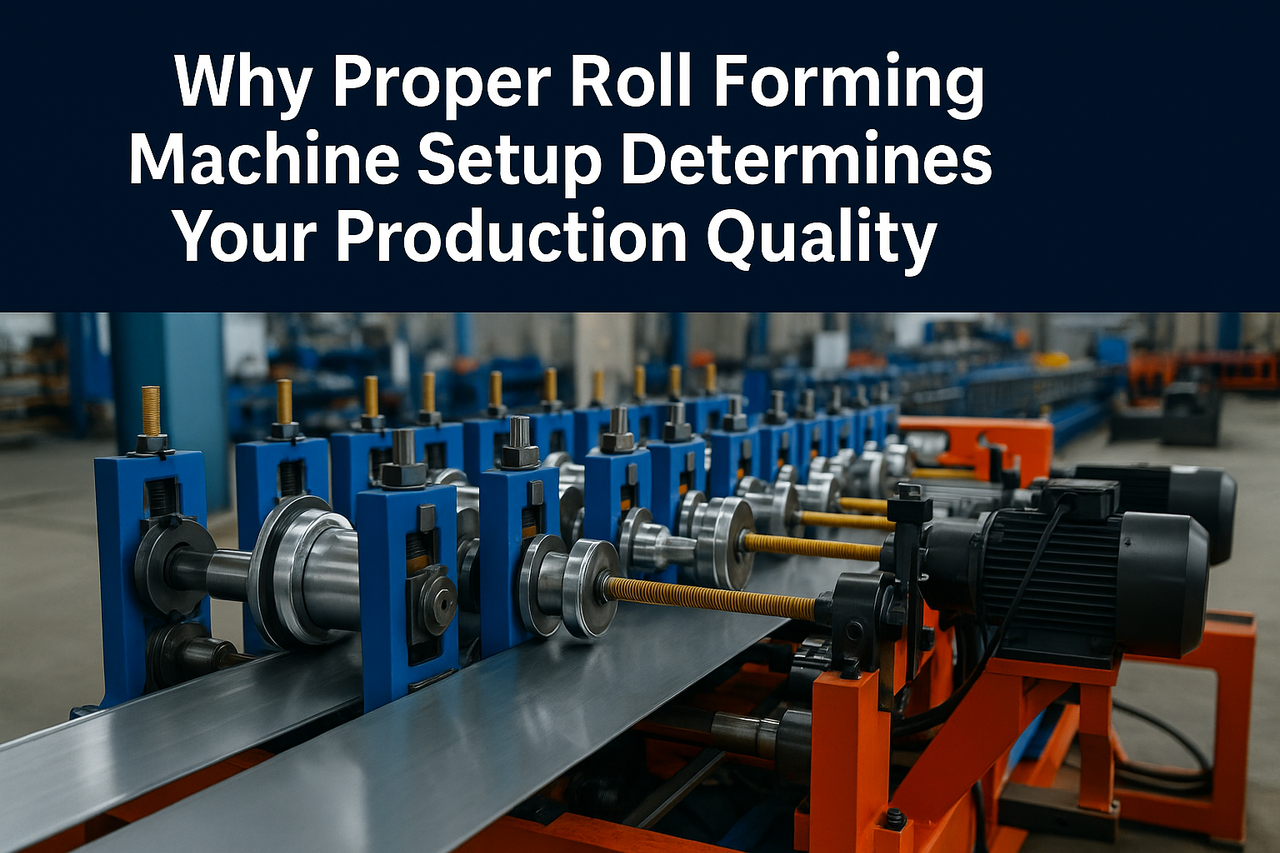
Why Proper Roll Forming Machine Setup Determines Your Production Quality
Posted on Monday, November 24, 2025
The #1 factor that decides accuracy, scrap rate, speed, and consistency.
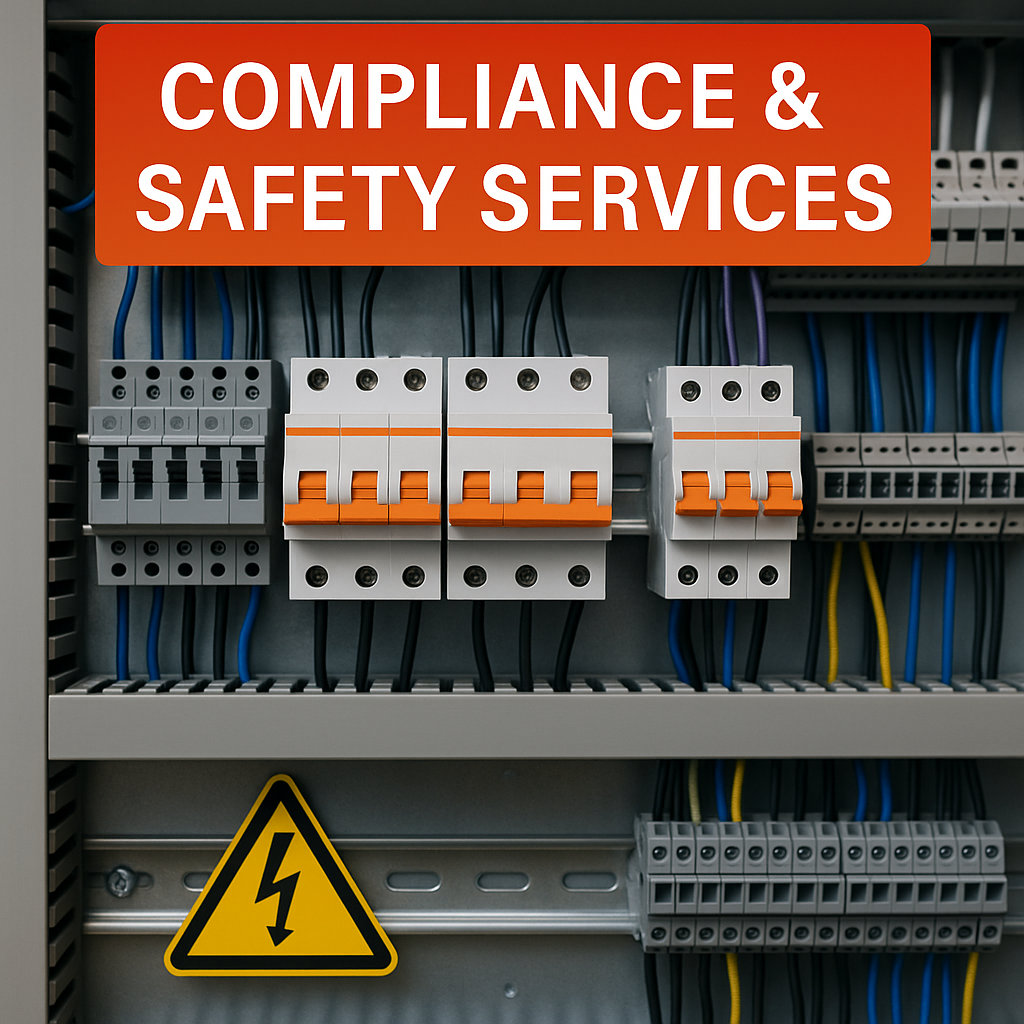
Compliance & Safety Services for Roll Forming Machines — Full Guide
Posted on Sunday, November 23, 2025
How Machine Matcher keeps your machines safe, legal, and fully compliant with CE, UL, and UKCA standards.
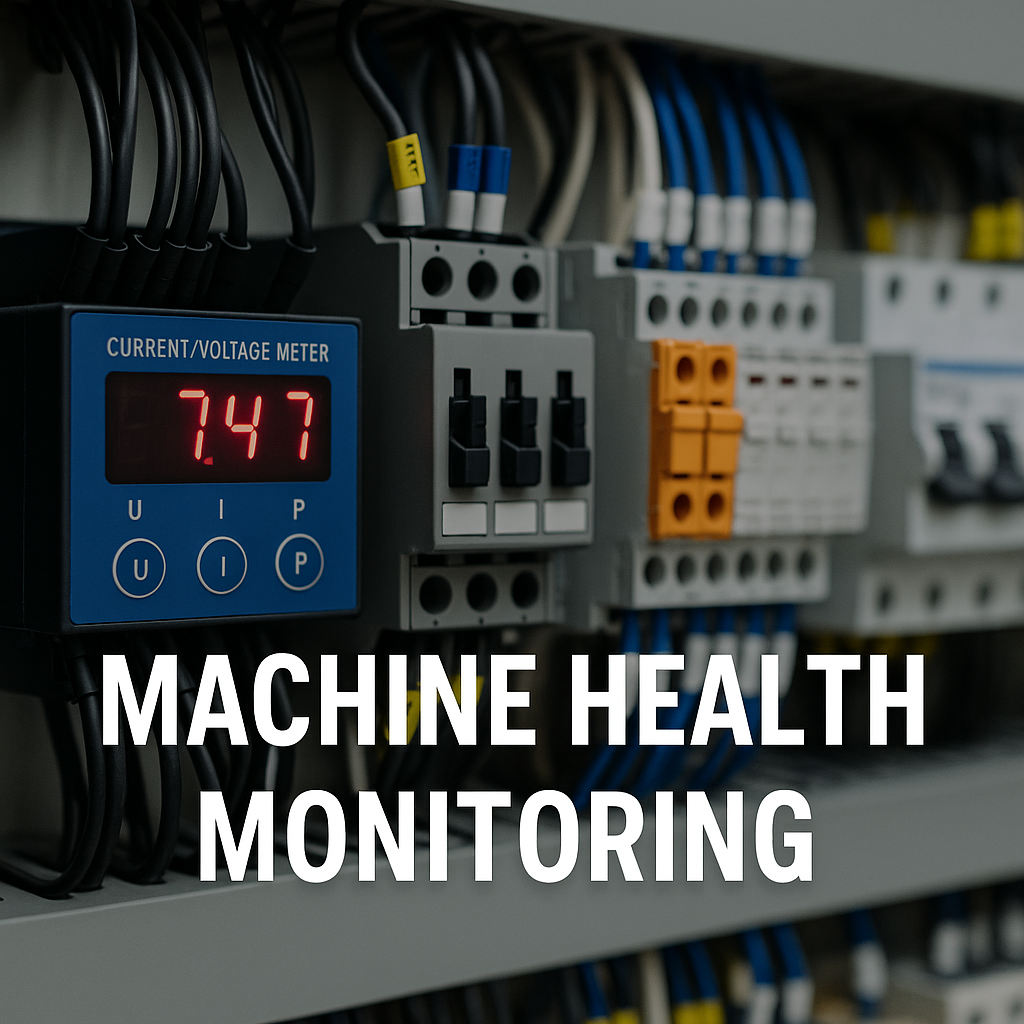
Machine Health Monitoring for Roll Forming Machines — Complete Diagnostic Service Guide
Posted on Sunday, November 23, 2025
Continuous diagnostics that prevent breakdowns, reduce downtime, and extend machine life.
Copyright 2025 © Machine Matcher.